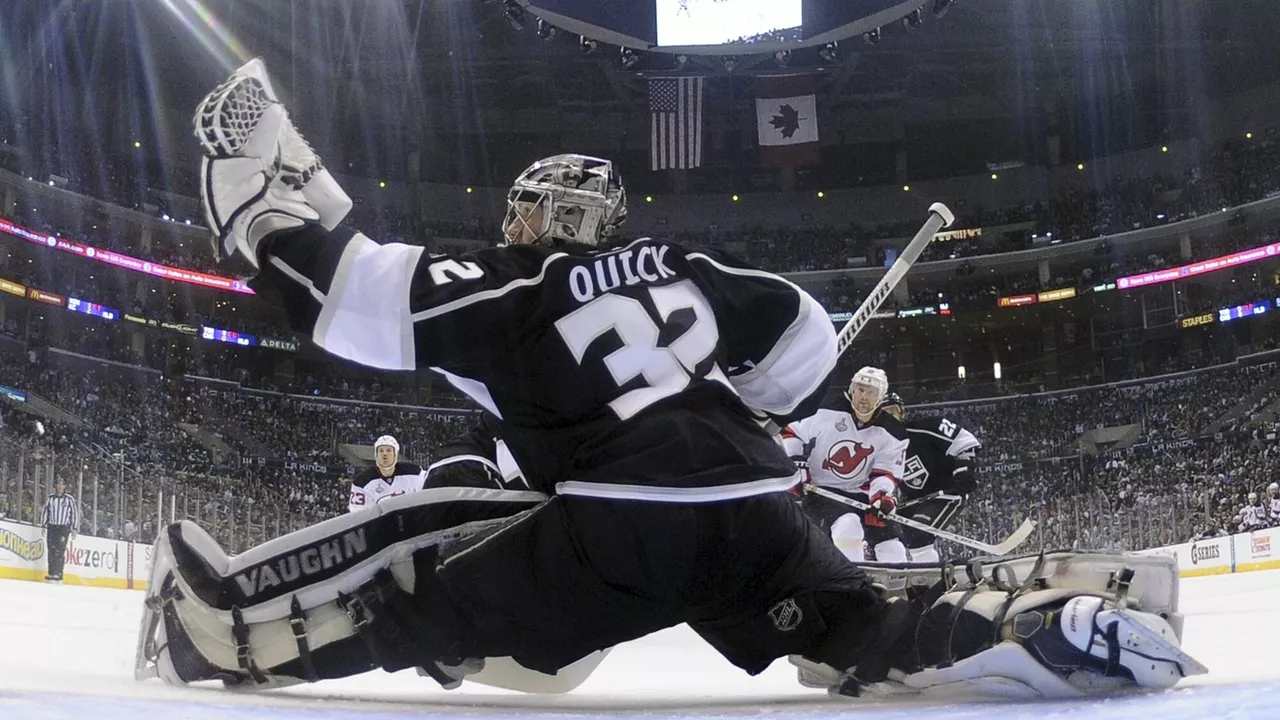Hockey Popularity: Understanding the Drivers Behind the Sport’s Fan Base
When we talk about hockey popularity, the overall level of interest, viewership, and participation in hockey across different markets. Also known as hockey fan engagement, it reflects how many people follow the game, buy tickets, and tune in to broadcasts. Closely linked to this are fan attendance, the number of spectators who show up at live games, media coverage, the amount of television, streaming, and press attention hockey receives and regional interest, the varying levels of enthusiasm for hockey in different cities, states or countries. Together these elements form the backbone of how popular the sport truly is.
Key Factors Shaping Hockey Popularity
One of the biggest semantic triples here is: hockey popularity drives fan attendance. When a team performs well or a star player captures headlines, ticket sales spike and arenas fill up. That surge in live crowds often leads to higher media coverage, because broadcasters chase the stories that attract viewers. In turn, more televised games and online streams feed back into regional interest, especially in markets where the sport has been on the rise. This cycle—performance, attendance, media, regional growth—creates a self‑reinforcing loop that can lift a league from niche status to mainstream appeal.
Attendance numbers aren’t just about seats sold; they reveal the health of local fan communities. Cities with robust youth programs and school leagues tend to see higher adult game turnout, showing a direct link between grassroots participation and professional support. For example, regions that invest in junior hockey see a measurable bump in season ticket renewals. This relationship demonstrates another semantic triple: regional interest supports fan attendance, which boosts media coverage. By tracking attendance trends alongside broadcast ratings, clubs can pinpoint where to allocate marketing dollars for maximum impact.
Media coverage plays a dual role. Traditional TV deals bring national exposure, but streaming platforms enable niche markets to follow local teams without a cable subscription. When a league signs a streaming partnership, viewership spikes in areas that previously lacked access, expanding regional interest. This expansion often translates into higher merchandise sales and more community events, further cementing the sport’s presence. In short, media coverage expands regional interest, and the broadened interest feeds back into higher attendance and deeper fan engagement.
Beyond numbers, the cultural vibe around hockey matters. In towns where the sport is part of local identity—think of community halls buzzing with pre‑game rituals—the emotional connection drives word‑of‑mouth promotion, a powerful driver of popularity that no advertisement can match. This intangible factor intertwines with the measurable metrics we’ve discussed, creating a holistic view of why some markets thrive while others lag.
So what does this mean for anyone curious about the state of hockey today? Below you’ll find a curated collection of articles that explore each facet in depth: the latest attendance reports, case studies of successful media deals, regional growth stories, and expert takes on how fan culture shapes the game. Whether you’re a casual fan, a club manager, or a marketer looking to tap into this vibrant market, the pieces ahead give you the data and anecdotes you need to understand and act on hockey popularity.



